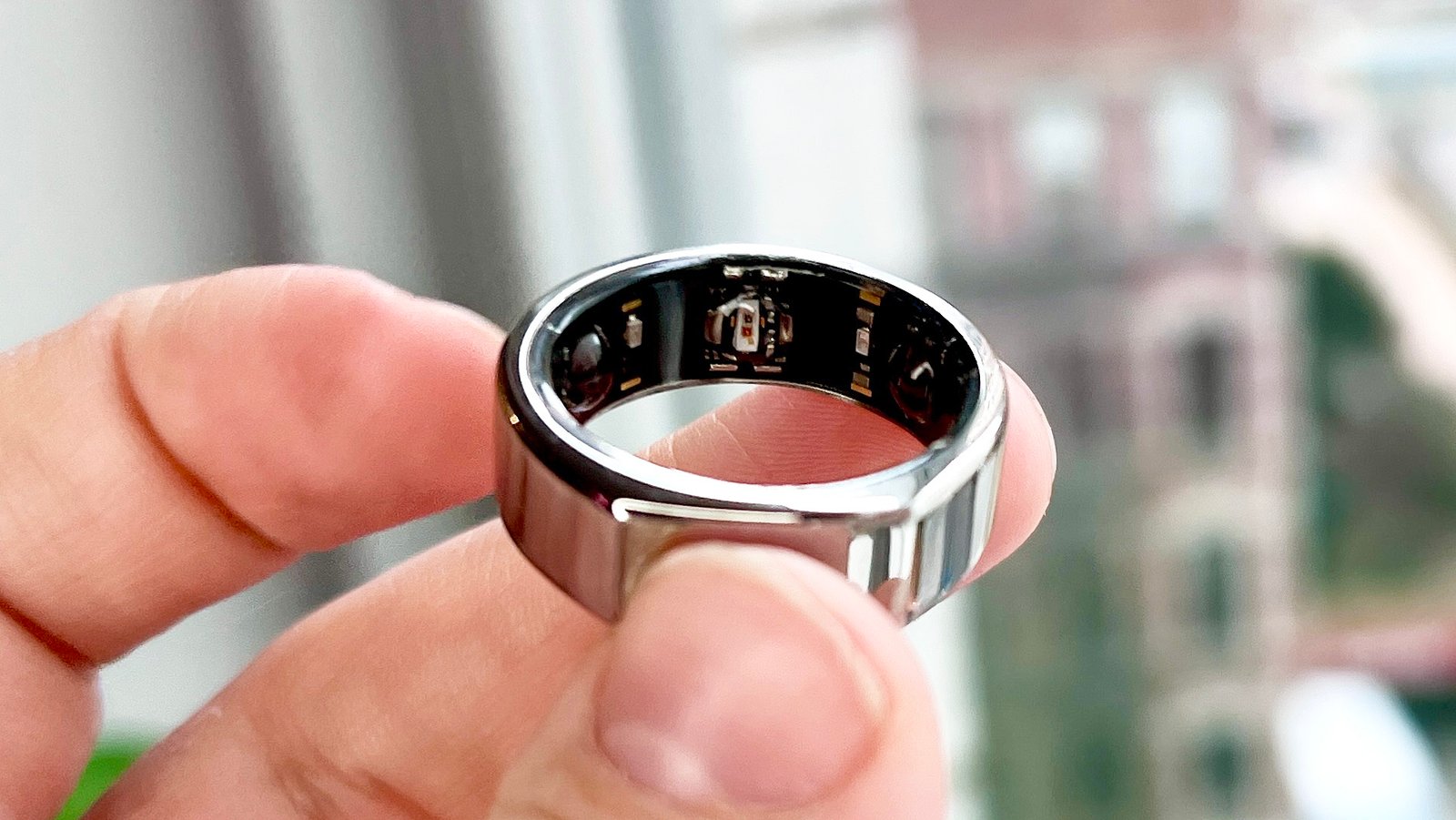DHA Cancels Ouraring Biometric Ring Solicitation
Recently, the Defense Health Agency (DHA) announced the cancellation of its solicitation related to the Ouraring biometric ring. This decision has drawn significant attention from tech enthusiasts, military personnel, and health monitoring advocates alike. Understanding the context and implications of this cancellation sheds light on how biometric technology is evolving within defense health services.
What Was the Ouraring Biometric Ring Solicitation?
The DHA, responsible for coordinating medical services for the U.S. military, had issued a solicitation seeking biometric wearable devices—specifically, the Ouraring biometric ring. This ring is a health tracker designed to monitor vital signs like heart rate, sleep quality, activity levels, and other physiological data.
Why Was DHA Interested in Ouraring?
- Health Monitoring: Continuous monitoring of health metrics helps in early detection of illness or stress.
- Operational Readiness: Military personnel need to maintain peak physical condition; wearable data could assist in assessing readiness.
- Remote Monitoring: Allows medical staff to track soldiers’ health remotely, which is valuable in field operations.
The Cancellation Announcement
In a recent update, DHA officially canceled the solicitation for acquiring the Ouraring biometric rings. While the agency did not explicitly provide detailed reasons in public communications, there are several plausible factors that could have influenced this decision.
Possible Reasons for Cancellation
- Data Privacy Concerns: Collecting sensitive biometric data from military personnel raises privacy and security issues.
- Technical Limitations: The ring’s performance might not fully meet the rigorous demands of military use.
- Budgetary Constraints: Funding reallocations often occur in defense projects, causing some solicitations to be postponed or canceled.
- Vendor Issues: Contractual or compliance problems with the supplier could have led to cancellation.
Implications of the Cancellation
The cancellation has implications for multiple stakeholders, from the military medical community to wearable tech developers.
For the Military and DHA
- Delay in Tech Integration: The DHA must find alternative solutions to implement wearable biometric tracking.
- Reevaluation of Requirements: The agency might reassess what features or capabilities are essential in a wearable device.
- Focus on Privacy and Security: Emphasizing protection of soldiers’ personal data may become a priority.
For Ouraring and the Wearable Market
- Setback for Ouraring: Losing a large government contract can affect company growth and reputation.
- Opportunities for Competitors: Other biometric device makers might see this as a chance to pitch their products.
- Market Adaptation: Increased focus on building devices that comply with military-grade requirements.
How Biometric Rings Are Changing Health Monitoring
Biometric rings like Ouraring are part of a larger movement toward wearable health technology. These devices track physiological data with high accuracy, offering new insights into health and wellness.
Key Benefits of Biometric Rings
| Benefit | Description |
|---|---|
| Continuous Tracking | 24/7 monitoring of vital signs without intrusive devices |
| Sleep Analysis | Detailed insights into sleep stages and quality |
| Stress Management | Detection of physiological stress markers |
| Fitness Tracking | Activity levels, calorie burn, and recovery data |
| Early Illness Detection | Changes in biometrics can indicate onset of illness |
These benefits have sparked interest not only in personal use but also in professional fields such as healthcare and military operations.
Challenges of Using Wearables in Military Contexts
While wearables offer many advantages, the military environment introduces unique challenges:
- Data Security: Protecting sensitive health data against cyber threats.
- Durability: Devices must withstand harsh conditions including water, dust, and impacts.
- Battery Life: Long-lasting power sources are critical for field operations.
- Integration: Compatibility with existing military systems and workflows.
Such factors complicate adoption and require specialized development and testing.
What Could Be Next for DHA?
Despite the cancellation, the DHA is unlikely to abandon wearable biometric technology altogether. Instead, the agency might:
- Issue New Solicitations: Possibly with revised criteria to better fit military needs.
- Pilot Alternative Devices: Testing other biometric devices that could perform better under military conditions.
- Collaborate on R&D: Partner with tech companies to develop custom solutions.
- Strengthen Data Governance: Implement robust policies for handling sensitive biometric data.
Summary Table: Key Points About DHA’s Cancellation of Ouraring Solicitation
| Aspect | Details |
|---|---|
| Solicitation Purpose | Acquisition of Ouraring biometric rings for health monitoring |
| Reason for Interest | Improve soldier health tracking, readiness, and remote monitoring |
| Cancellation Reasons | Potential privacy, technical, budget, or vendor-related concerns |
| Impact on DHA | Delays in tech deployment; possible reassessment of needs |
| Impact on Ouraring | Loss of contract; market challenges |
| Broader Implications | Highlights complexity of military wearable adoption |
Final Thoughts
The cancellation of the Ouraring biometric ring solicitation by DHA highlights both the promise and the complexity of integrating advanced wearable technology into military health systems. While biometric rings offer groundbreaking benefits in health monitoring, the unique demands and sensitivities of military applications require cautious evaluation.
This development may also encourage more innovation in the field, pushing manufacturers to design devices that are more secure, durable, and aligned with military requirements. For now, the DHA’s decision suggests a pause and recalibration, which could lead to better solutions in the future.
Disclaimer
This article is for informational purposes only and does not constitute official statements or endorsements by the Defense Health Agency or Ouraring. The information reflects publicly available data and analysis as of the time of writing and may be subject to change.






